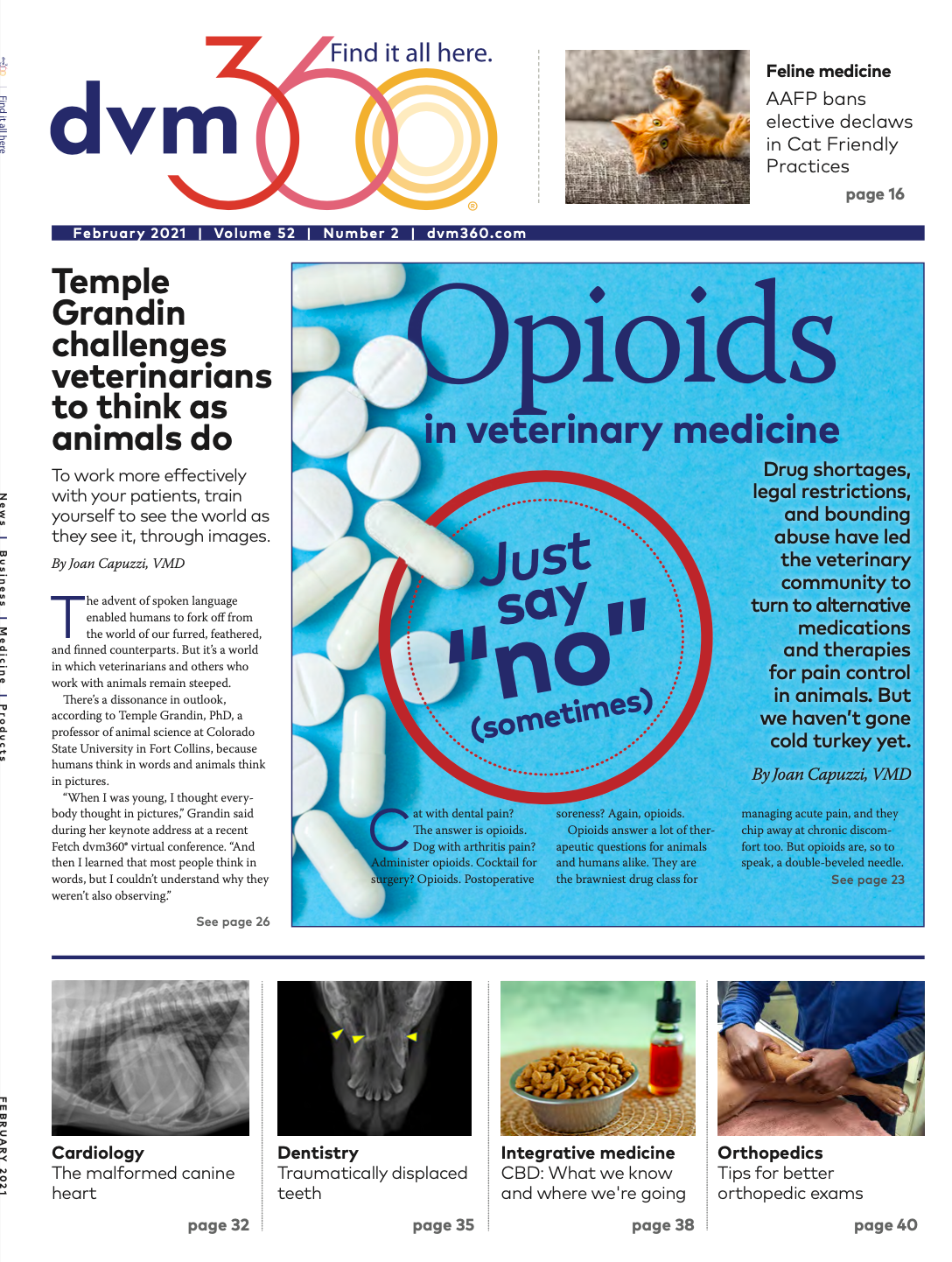The problem with the master problem list
Using standardized medical terminology in your patient medical records makes it easier and more accurate to share data, ultimately improving medical decision-making.
Nestor / stock.adobe.com

Are you using standardized medical terminology in your master problem list and assessments? The answer may surprise you. Of course, we think the answer is yes. After all, we are veterinary professionals and learned all those big words in veterinary school. It would seem almost insulting to think we aren’t using the proper terminology in our records. But this isn’t always the case.
Using proper medical terms differs from using an external standard for medical terminology. This is an important distinction because the use of an external standard will align your diagnoses and findings with those outside your practice, allowing for a more accurate exchange of case data. This may mean sharing with a referral clinic or, even better, sharing with researchers, allowing them to pool data and provide better information for our medical decisions.
So, what do we use?
The Systematized Nomenclature of Medicine - Clinical Terms (SNOMED-CT)1 is the most comprehensive standardized clinical terminology in the world, including more than 352,000 concepts. When combined with the Veterinary Extension of SNOMED-CT (VetSCT),2 it provides a rich structure of concepts for veterinary medicine. Each concept is linked to multiple terms or synonyms designed to help you find what you need. Whether you call it lepto, swamp fever, or Queensland fever doesn’t matter because all of those terms link back to the same concept: Leptospirosis, Concept Identifier: 77377001. And each concept is also linked to other concepts.
For example, leptospirosis is linked to “spirochetal infection” and the organism “Leptospira.” Now consider pneumonia. This term is linked to numerous “children,” including lobar pneumonia, interstitial pneumonia, aspiration pneumonia, viral pneumonia, bacterial pneumonia, uremic pneumonitis, and so forth. These linkages structure your data so that you, or researchers, can collect case data for analysis on all types of pneumonias using a simple terminology query.
The concept structure for the term “pneumonia” in SNOMED-CT.

Why does it matter?
Like me, most dvm360® readers are in clinical practice as opposed to research. Even so, the use of structured, standardized terminology ultimately improves my life and my decision-making by contributing to evidence-based medicine, supporting public health (back to that leptospirosis), and enabling disease surveillance and trending of novel diseases (think coronavirus).
Ideally, these data should be easy for clinical practitioners to record; practice information management systems (PIMS) are making this easier for us all the time. The American Animal Hospital Association Problem and Diagnosis Terms (AAHA-PDTs) is a subset of SNOMED-CT and VetSCT that provides concepts for general small animal practices.
Over the past 10 years, the AAHA Diagnostic Terms Editorial Board has curated and honed the 350,000+ SNOMED terms into about 3500 concepts and 6500 descriptive terms that cover more than 90% of cases seen in small animal practice, ranging from “abdominal cryptorchidism” to “zygomatic mucoceole.” The AAHA-PDT is free and accessible to everyone, thanks to AAHA’s financial support. Many practices already have direct use of the tool within their PIMS. If you are unsure whether your system uses the AAHA-PDT, contact your provider and ask today. Get started by entering a diagnosis for every patient at every visit. Sometimes, it might be as simple as “healthy,” but there is even a code for that!
Sonnya Dennis, DVM, DABVP DABVP (Canine & Feline Practice), owns and practices full-time at Stratham-Newfields Veterinary Hospital in New Hampshire. She is currently the AAVSB representative to the AVMA’s American Board of Veterinary Specialties, chair of the AAHA Veterinary Informatics Committee and Diagnostic Terms Editorial Board, a peer reviewer for JAAHA, chair of the Al Hahn Award for Lifetime Achievement in Veterinary Informatics, and a member of the Outreach and Credentials Committees with ABVP.
Julie Green, DVM, MS, is an assistant research professor at Virginia–Maryland College of Veterinary Medicine in Blacksburg, Virginia. She also serves on the AAHA Veterinary Informatics Committee and Diagnostic Terms Editorial Board.
References
- SNOMED CT. National Library of Medicine. Accessed November 20, 2020. https://www.nlm.nih.gov/healthit/snomedct/index.html
- Veterinary Extension of SNOMED CT, updated release (October 8, 2020). November 20, 2020. Veterinary Terminology Services Laboratory, Virginia-Maryland College of Veterinary Medicine. https://vtsl.vetmed.vt.edu/
